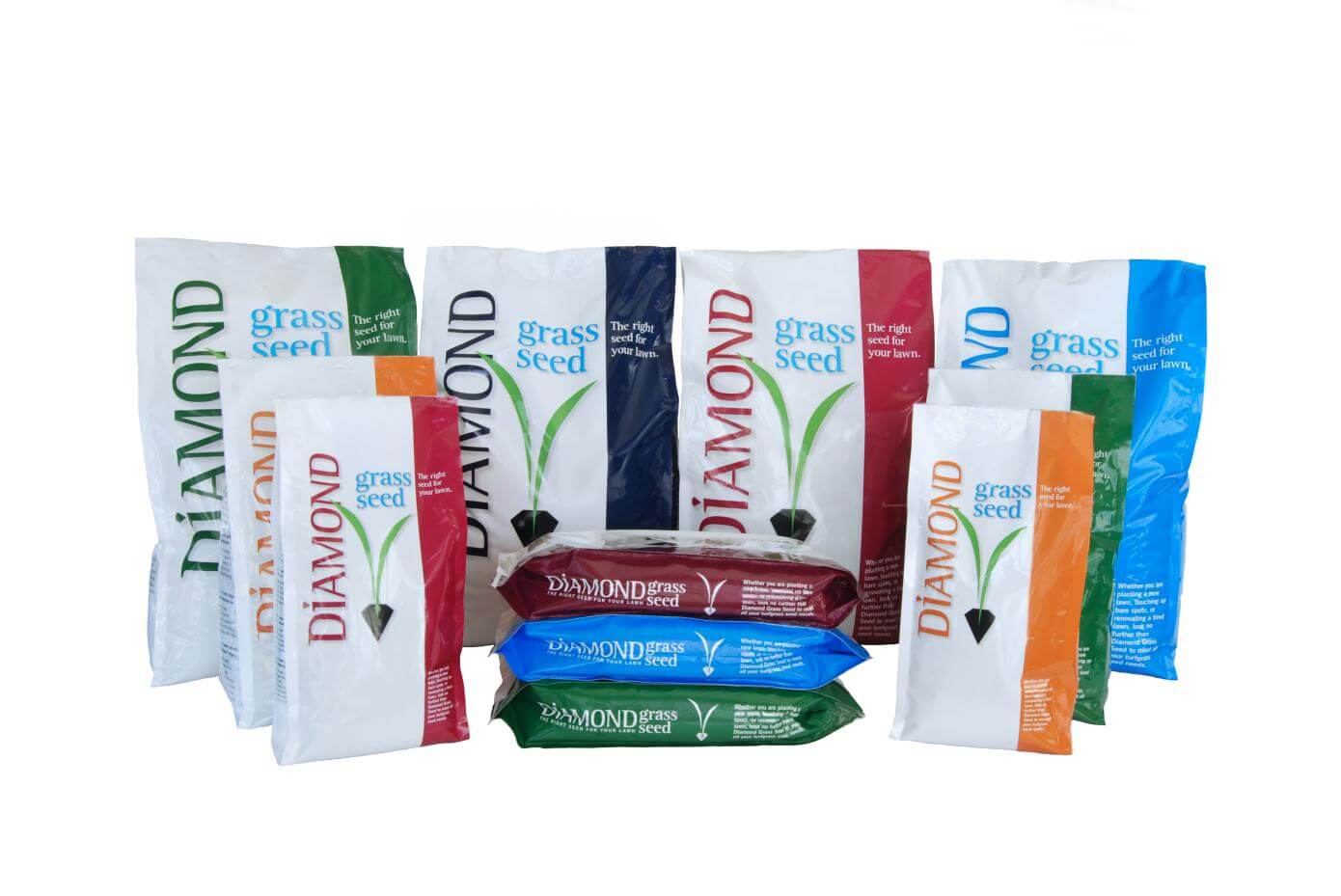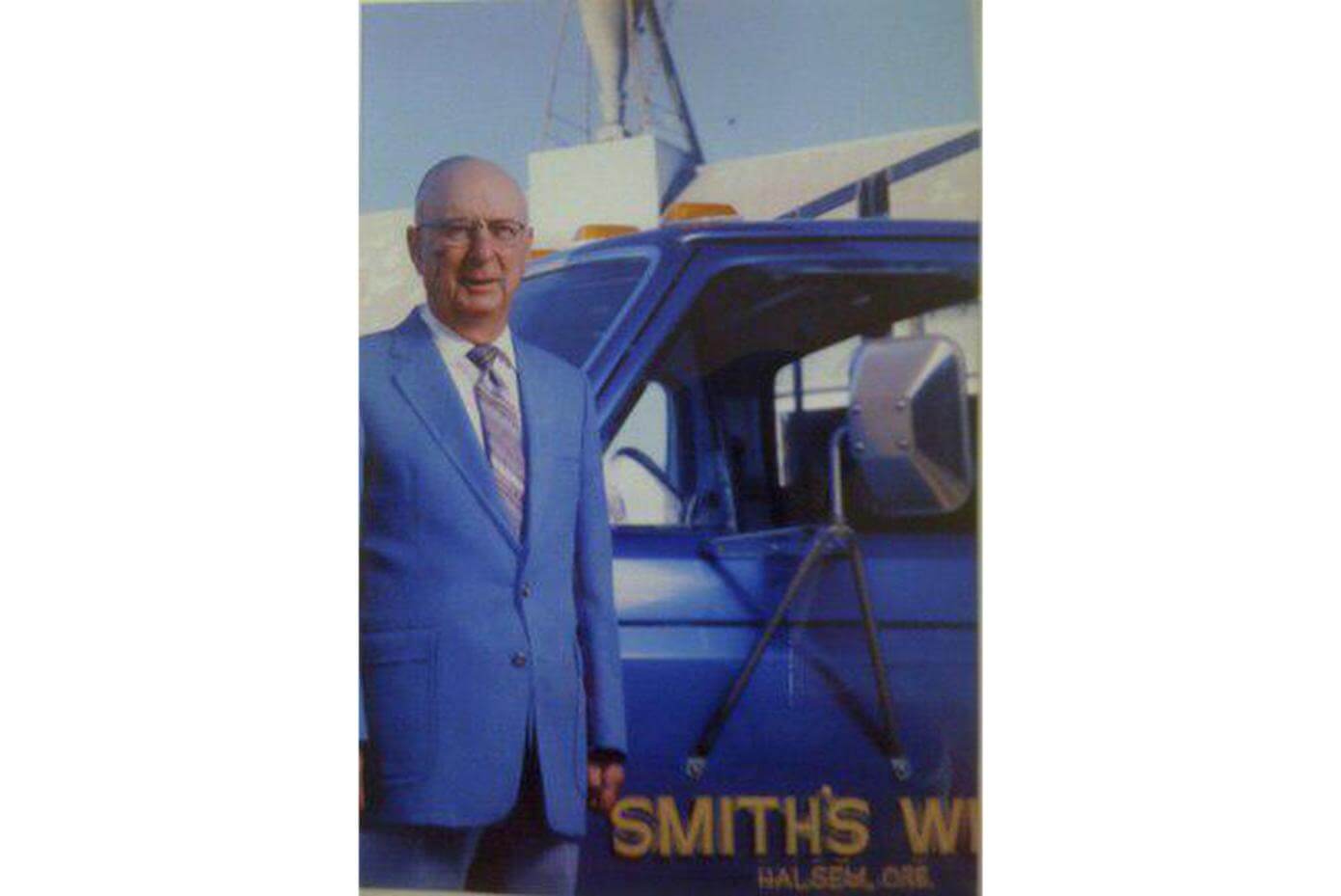The NEW Diamond Brand
We are very excited to announce that we have completely revised our Diamond Brand Grass Seed Packaging. The new packaging and program is eye-catching, yet clean and simple, and versatile enough to meet all your retail needs for custom blends and unique formula names.
The new Diamond Program is composed of three bag sizes, six vibrant color designs and a unique customized labeling system. This customized labeling system allows us to offer the Diamond Packaging to selected distributors who wish to have their own in-house packaging program for their own needs and their local dealers. Learn more by contacting us or visiting DiamondTurfgrass.com.
Market/Crop Report
In general it appears that many of our customers had a better fall this year than last, and overall a better year than last year. Additionally, there is an increase in forward bookings. These are all very encouraging signs that “stuff’s getting better.”
Another improving sign is adjustments made in crop acres. The term “excess production” will likely not be used next year for most of the cool season crops.
According to early estimates from Oregon State’s Extension Service and other industry sources, numerous Oregon crops will be taking a noticeable reduction in acres. Note: these are only estimates of OREGON acres.
| Species | Est. Change in Acres |
|---|---|
| Annual Ryegrass | +13% |
| Chewings Fescue | -28% |
| Bentgrass | -39% |
| Hard Fescue | +10% |
| Kentucky Bluegrass | -29% |
| Orchardgrass | no change |
| Perennial Ryegrass | -11% |
| Creeping Red Fescue | +1% |
| Poa Trivialis | -24% |
| Tall Fescue | -28% |
It All Began With George
We came across a nifty bit of history recently. It was an “autobiography” of sorts on the history of Smith Seed Services from the founder of Smith Seed, George Smith. Here’s the start of the story, and you can read the rest by following the link at the bottom of the page.
“In the mid 1950’s, the farm economy necessitated diversification if one was to survive financially. Many of the farmers fattened lambs on their grass fields. There came a time when we needed to decide whether to put in a seed cleaner of our own or do something else to diversify. We had a large dairy barn which had been used for milking cows but was no longer in use. Around 1956 the decision was made to convert the old dairy barn into a seed cleaning plant. The barn was large enough to make separate bins for storage of uncleaned bulk seed. Our original plans were to only clean our own seed. But a number of the neighbors wanted us to clean their seed. This required more bin space so in 1958 we built a block of cribbed bins. The unloading was done by suction with an airlift which allowed various kinds of seed to be unloaded without contamination or mixing of seeds. I put cleaners and carters in the barn as my first cleaning set up, but as time went on our cleaners did not perform well enough so we put in two new cleaners which was very satisfactory..."
(Read the rest at http://www.smithseed.com/company/company.shtml)

